
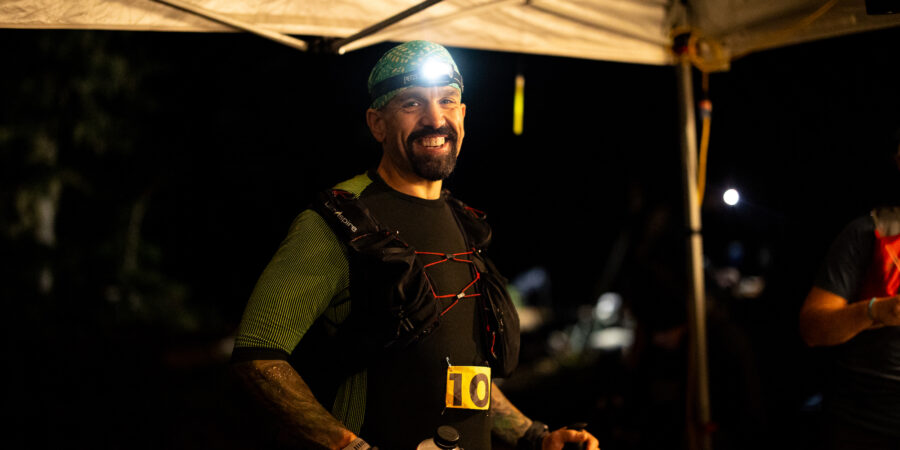
We know that running 200 miles is daunting, whether you’re taking on your first 200 or have done that distance several times already. We asked one of the first-timer finishers from Oregon 200 for advice and tips they’d give to others who are planning or even just seriously considering running a 200-miler this year.
Daniel Bailey is in his 40’s and ran his first official ultra in 2022. He was immediately hooked and went on to run five more ultras that year, including a 100-miler (four of these were Go Beyond Racing races so we got to know him well). Clearly he likes endurance events and has a knack for long distance. The next year he signed up for his first 200, the Oregon 200, and finished it in 88 hours. He went on to complete three more 200s in 2024. So he has some good experience with the distance! Here’s what Daniel offers for those looking to run 200 miles.
If you’re reading this, chances are you’re already considering running your first 200 miler. Great! It’s going to be very challenging. You’re going to experience lows, highs, and all the in-betweens but it’s also going to be a lot of fun. You might not realize, however, that it was fun until after the race is over. That’s okay!
A little bit about me. I’m a middle-to-back-of-the-packer. I ran my first marathon just before turning 40 and my first 50k on my 45th birthday. So, definitely not an elite; just your average runner. When trying to recall why I signed up for the inaugural Oregon 200 (also my first 200 miler), I came up with a few reasons.
If you’ve never run a 200-miler before, there are some interesting aspects that you’re going to encounter:
You’re going to run at night and see the sun rise. More than once. More than twice. And you’ll most likely see at least three sunrises unless you’re really speedy (I saw four counting the early morning start but finished the evening before the fifth day). If you’ve previously run a 100 miler, then you’ve most likely run through the night and have seen that magical sunrise (again, unless you’re really speedy). That sunrise revives you in a way that can’t really be described! And in a 200-miler, that magic keeps happening; the morning sunrise does wonders for the spirit.
You’re going to experience sleep deprivation and will need to learn to cope with this. I slept three hours at aid stations on nights 1 and 2. I set my alarm for 4 hours of sleep on night 3 but my body naturally woke me up at the 3-hour mark. Some people take dirt naps between aid stations, right alongside the trail. These short 15-30 minute power naps help keep you going. I have since adopted this strategy in my later 200 mile races because I find that aid stations are often just too noisy to get good sleep. Bring ear plugs for the aid stations!
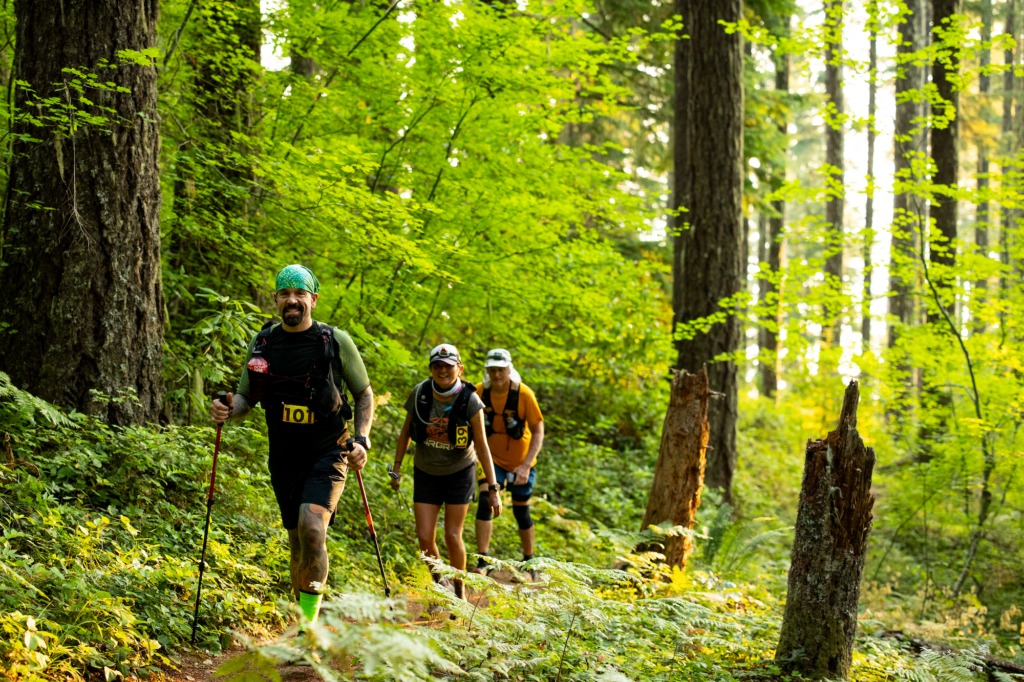
When setting out for a 200-miler, I find it best to think of it as a series of shorter runs, between aid stations. Trying to wrap your head around the entire 200 mile distance is daunting, but broken into five-20 mile chunks, it becomes manageable. Perspective is a funny thing; you’ll understand when you find yourself thinking, “Wow, it’s only a half-marathon to the next aid station!”
In many ways, a 200-miler is easier than a 100-miler because you have more time. Sure, the distance is twice as long but it is a different type of race and the overall pace requirement is more lenient. For the Oregon 200, as long as you can average moving at an overall 2 mph pace (30-minute-mile), you’re going to finish.
I don’t have a lot to say about the highs of the race other than to enjoy them when they happen. But I have some tips and mantras for the lows.
If you find yourself at an aid station wanting to drop, don’t! Eat some food, drink a beverage, take a nap, and move on to the next aid station. Chances are you’ll feel better along the way. If you get to that next aid station and still want to drop, try eating some more food, etc. Ask yourself, “Will next-week-me be disappointed if I don’t continue?” “Can I make it to the next aid station?” Tell yourself, “I wanted to be out here for a reason. I knew this was going to be challenging. I can do this.” I can always take another step and I can always go another 1/4 mile. Those quarter miles add up to individual miles and those individual miles add up to 200 miles.
One of my favorite mantras is one I came up on the Appalachian Trail, “You wanted to be out here, you put yourself out here, now stay out here.” Another I like is “Run when you can, walk when you should.”
Very few people run an entire 200-miler and power hiking the hills is often more efficient than trying to run up them. I suggest finding a mantra that works for you.
Keeping your spirits up is important. Food, hydration, and sleep play a large role in this but there are other things you can do. Me? I make myself smile, even if nobody is around, and sing out loud (better if nobody is around, my apologies to the woodland creatures).
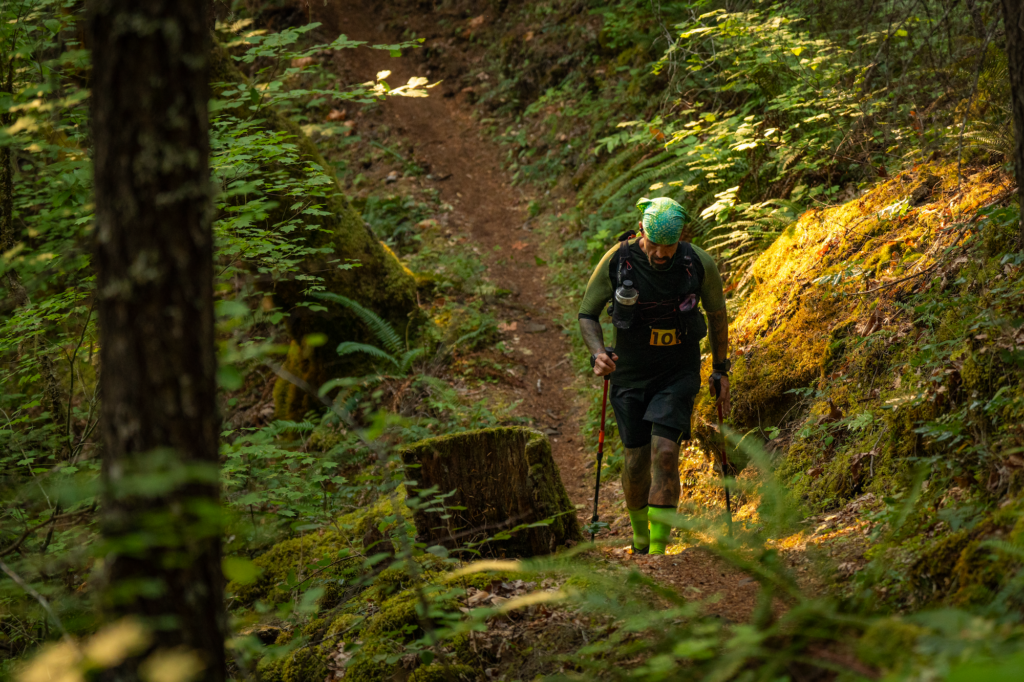
Another major consideration is taking care of your feet. You can’t run if your feet don’t work. The Oregon 200 was the first race where I used drop bags. Having clean socks and changes of shoes approximately every 50 miles worked well for me. Others may want to change their socks and shoes more often.
Take care of those blisters and hot spots immediately rather than delaying. Stop in the middle of the trail if you need to instead of waiting to get to an aid station. What is a minor issue now can become a major issue later on, so spend a few minutes now rather than suffering unnecessarily later.
One last topic is whether to go crewed or crewless. There are pros and cons for both approaches. Going crewed means that you can have more supplies available to you at each aid station (sure is nice to have that massage gun for your sore feet). Also, having friends or family cheering and supporting you along the way is a real spirit lifter and motivator. But it also means that you’re going to spend some time worrying about whether your crew is on time with your supplies. If they are late, how long do you wait for them to arrive before heading back on course?
Going crewless means you have to prepare your drop bags in advance and try to anticipate what you’ll need as you get to each aid station. How do you know what you want if you’ve never done this before? However, you won’t be devoting head space to worrying about your crew (their fatigue levels, emotions, etc.). That said, there’s always a chance that your drop bag won’t be at the aid station when you arrive due to various reasons (put it in the wrong bin and it went on the wrong truck, animals, etc.).
With the out-and-back format of the Oregon 200, you’ll hit the aid stations twice so you’ll need fewer total drop bags!
The Oregon 200 is a great first 200-miler. The course is challenging but not overly so and there is beautiful scenery along the way. I am not a picky eater but was impressed with the variety and high quality of the different hot foods available at each aid station. I don’t mind Oreos and PB&J, but didn’t eat a single Oreo or PB&J during the Oregon 200 though they were certainly available. I remember how good the Mac and Cheese at the second to last aid station was (only a marathon to go!).
And the volunteers were so amazing. It my experience that it is more difficult getting a volunteer spot for Go Beyond than it is for Go Beyond to get volunteers. What this means is that you’re going to have volunteers who are excited to be there to help you along your way.
At the end of the days (see what I did there?), you’re going to be thrilled with yourself for embarking on a 200-mile adventure. And that’s really what it is, an adventure. Unless you’re an elite with a chance of winning, just get out there and have fun. I like to think of other multi-day racers as my comrades rather than as my competition. And getting that 200-mile buckle is oh so sweet; the Oregon 200 buckle is especially pretty.
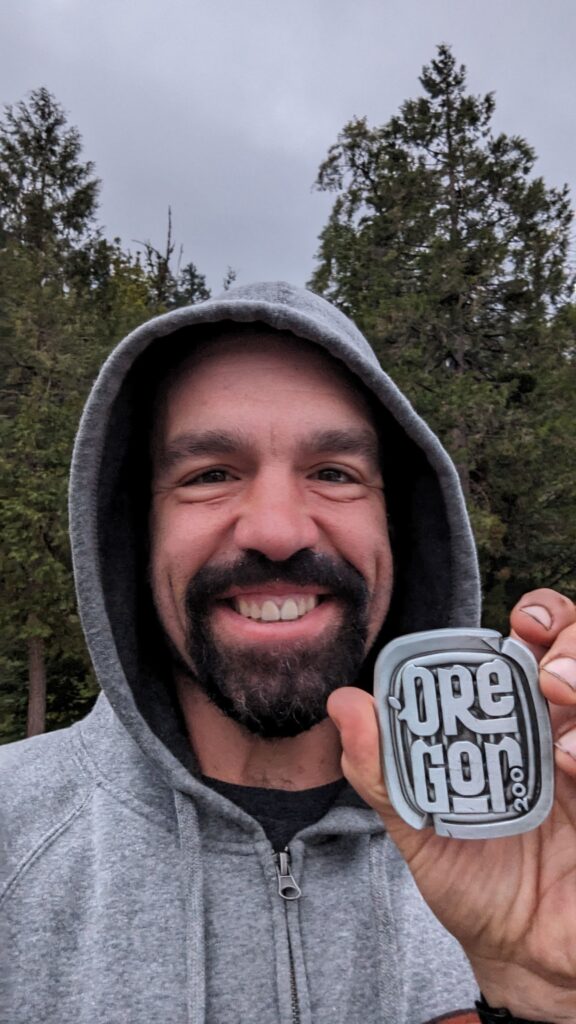
Go get it!
Daniel Bailey
You can connect with Daniel on Instagram: @pdxdb_runs
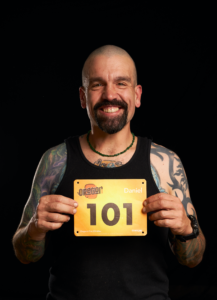
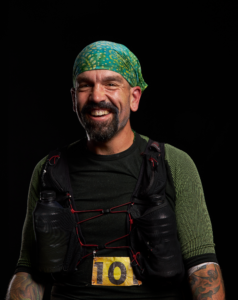
Daniel’s before and after shots at the 2023 Oregon 200.